Or: A pair of two GT AllTerra converted from original 26 inches to 650B. Disc brakes make this possible. Resulting in another bike that combines classic GT looks with modern handling.
In January 2020, a few months after my sons GT Avalanche was stolen, I was able to get a 2010 GT Outpost Disc in frame size L (52cm) for €25. The bike (to be precise: the wheels) was overrun by an excavator, so only frame, seatpost, stem, handlebar were salvageable. The bike had a nice history. Someone in my neighborhood bought it in the Stavanger area in 2012 and the dealer fitted it with larger 622mm wheels (35mm tires). In this setup he used it for travelling from Stavanger to Leipzig. After this journey it served nine years as an everyday bike.
I stripped the frame from parts, brought it to the paint people to get it sand blasted and let it just sit until easter 2022. I was not sure whether to build a “real” mountain bike with suspension forks and 26 inch tires or some drop bar gravel bike. When ordering WTB SX21 rims in 584mm at least this got clearer: I wanted to build as flatbar gravel, mimicking what I already had built for my kid, albeit larger.
A true unicorn frame
One fascinating aspect of this frame was the combination of details: It has the 1990s dropouts that were introduced with the Zaskar and an outer cup headset plus the gusset on the down tube. Yet the dropouts are modified for disc brakes, but there are no cantilever mounts. Cable routing is clean with brake and rear derailleur cable mounted on the top tube.
This combination was unique to two model years: 2009 and 2010 (maybe 2011 on some markets). Earlier bikes had “dead” V brake mounts, later they moved to hydroformed tubing, cast dropouts and internal cup headsets.
Owatrol for pragmatic surfaces
For a bike this cheap I did not want to spend neither too much money on powder coating nor too much time for polishing, so I decided to give Owatrol a try. There are two flavours of Owatrol that are interesting for bicycles: “Owatrol Oil” or “Owatrol Rustol” is intended to protect rusty steel surfaces while “Owatrol Marine” is suited for all metals. Both are essentially air curing oils with “Owatrol Marine” claiming to be more robust.
My first contact with Owatrol was like 25 years ago with some people from the “Rat Rod” scene: They meticulously painted rusty surfaces with Owatrol – every year. I am hoping for better robustness from thicker paints (made possible by curing aids) from Owatrol Marine. So I painted the frame over the course of four days and a total curing time of more than two weeks until no more finger prints showed.
Wheels and gears
I used Novatec hubs and WTB SX21 rims, when I ordered the rims they were cheap (€27 each), they are not too heavy but at equal spoke tension DT 466 are “rounder”. The wheels were completed with Conti Terra Trail 47-584 in gumwall and an Microshift Advent 9 cassette (the cheap all steel version).
Having built bikes with Microshift Advent before and judging from the good experiences with the polyoxymethylene versions of L-TWOO, I decided to go for L-TWOO A5 1×9 with the SGS (long cage, up to 51 teeth) derailleur in the all metal version and the L-TWOO push push shift lever. The combination currently sells for €35 on AliExpress. One thing missing compared to Advent is the clutch, we will see how this affects every day use.
If you need a wider range, you might choose L-TWOO A7 1×10 for the same price, and combine with a Microshift Advent X 11-48 cassette, this is only €11 more expensive.
Brakes: Nutt
For brakes I went with Nutt in the version with heat dissipating brake pads, combined with Avid G3 180mm rotors. The Nutt brakes are available with brake lines short enough not too need cutting and bleeding. A “bolt on and forget” option. Most of Nutts business is OEM with their main selling point being better than Shimanos MT200 or the Tektro entry options at comparable pricing.
To complete the bike I went with budget aluminum parts for stem, handlebar and fork. Forks from brands like “Hassns” or “Mosso” have very clean welds and typically sport a good finish. At 830g they might not necessarily use butted tubing, but this is not safety crucial – at my weight of around 100kg I just did not want to go with carbon.
Finishing and first ride
I completed the bike with a carbon seatpost and a padded carbon saddle (120g). Without pedals the bike hit the scale at 10.76kg. Not bad for something never intended to be that light and still it would have been easy to save another 300-400g by using Panaracer Gravelking instead of the Terra Trail, a lighter handlebar and the more expensive cassette with an aluminum 42 gear.
The L-TWOO A5 needs a bit more precision when adjusting chain wrap. This is typical for SRAM designs. Correctly adjusted, shifting is nice and no different from Advent. The brakes have very comfortable levers, are easy to dose and decelerate very well.
The first ride was with my daughter: She on her freshly reclaimed GT Avalanche (it is now too small for her elder brother), me on the new Outpost. There were no surprises on this ride: The handling is light without being too nervous, shifting and braking works as precisely as expected. And the look is as GT always intended it to be that way. Much cleaner than their matte black frames with the too cheap suspension forks of the 2010s.
A list of parts and their prices is available as Google sheet. The complete build cost a bit less than €600.
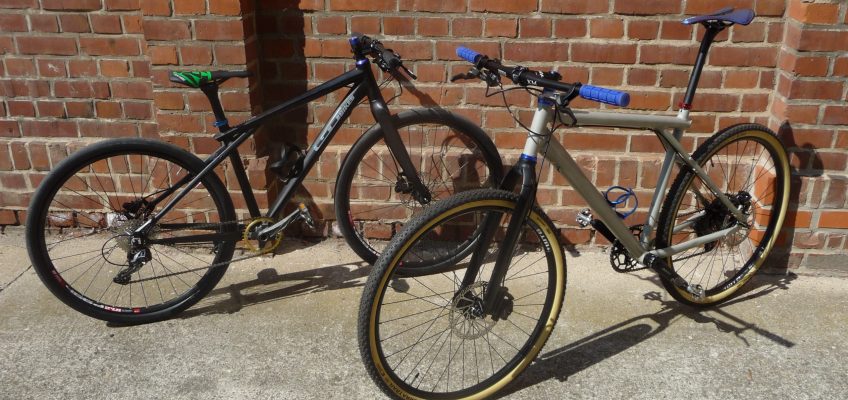
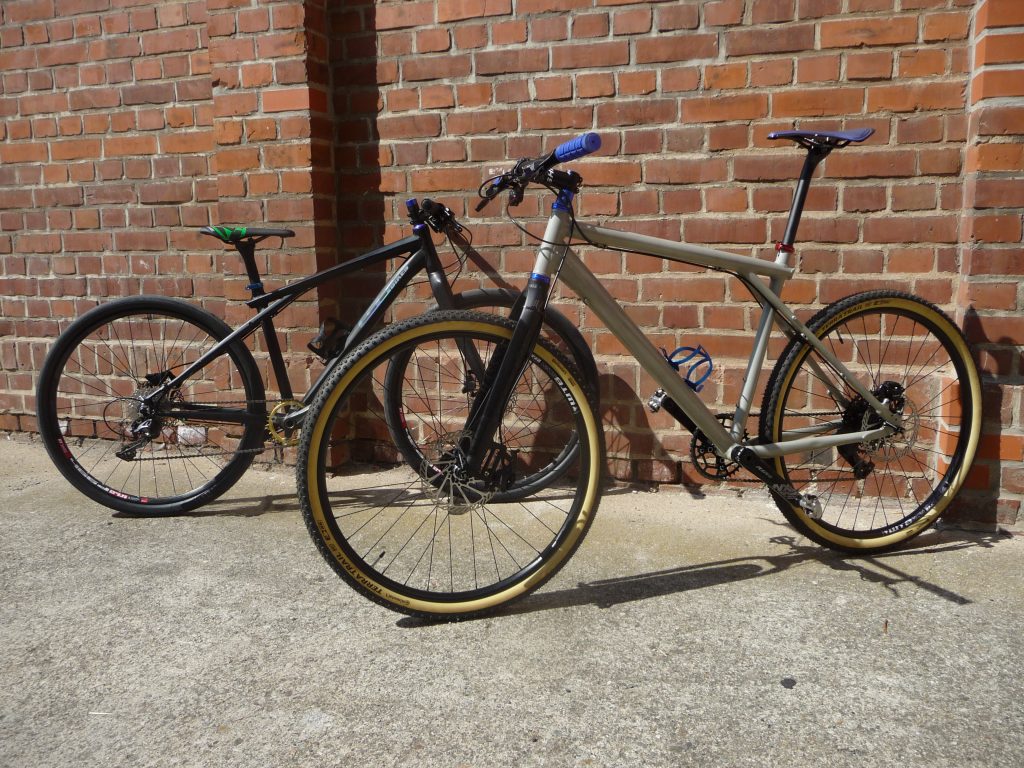

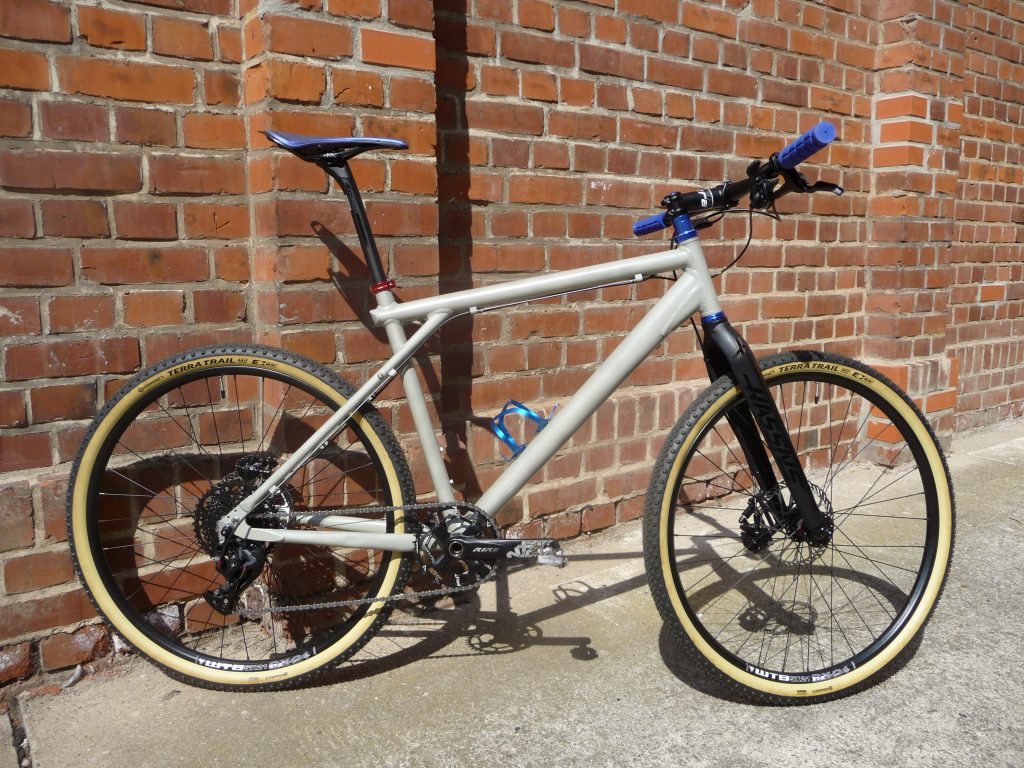
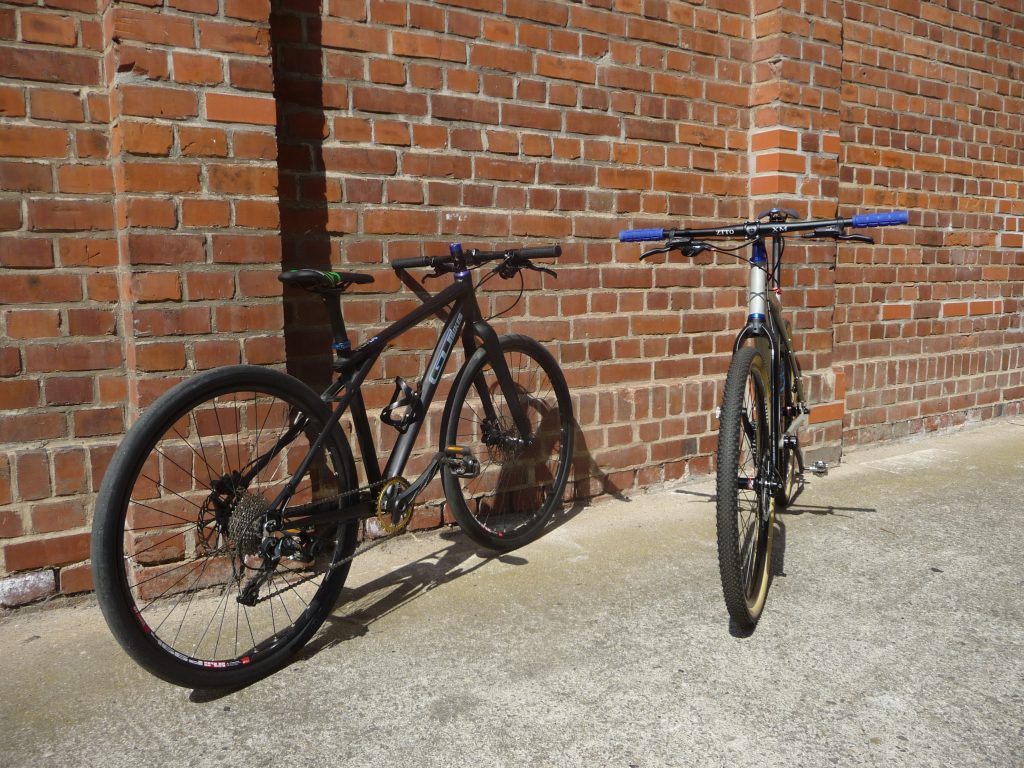
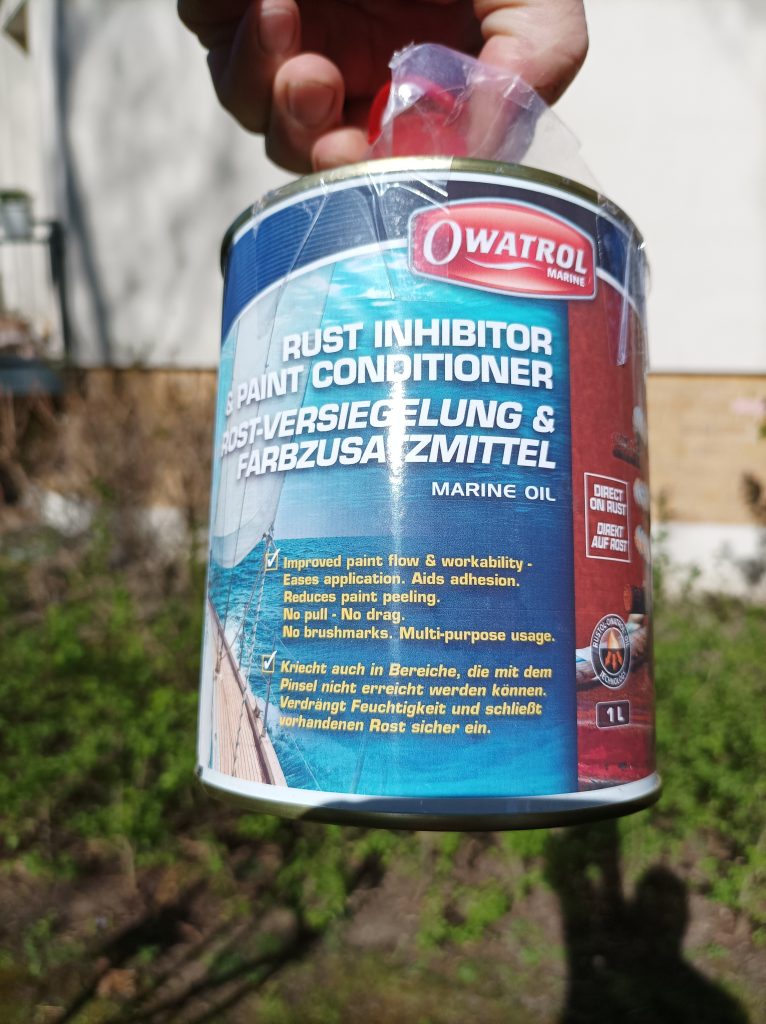

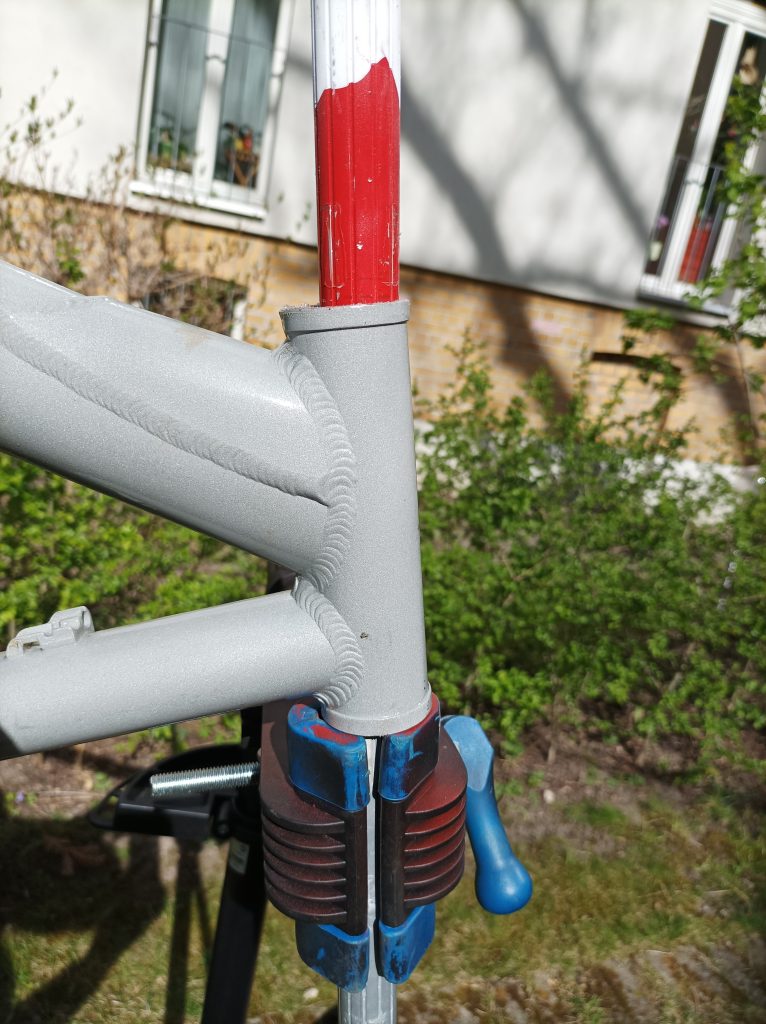
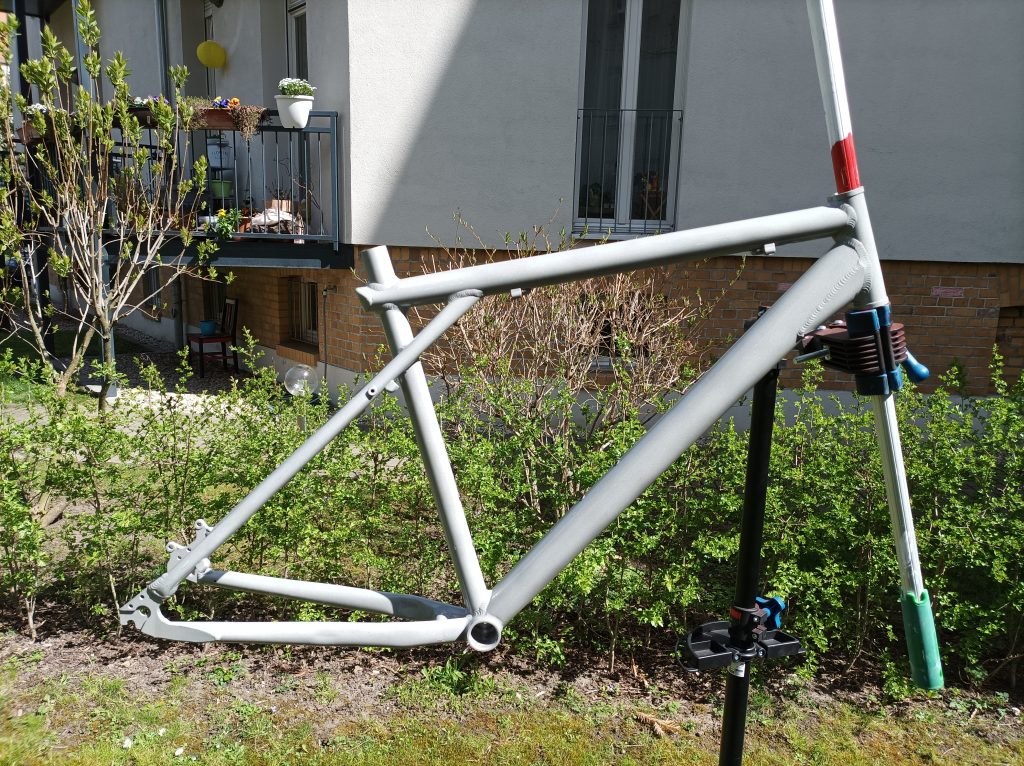
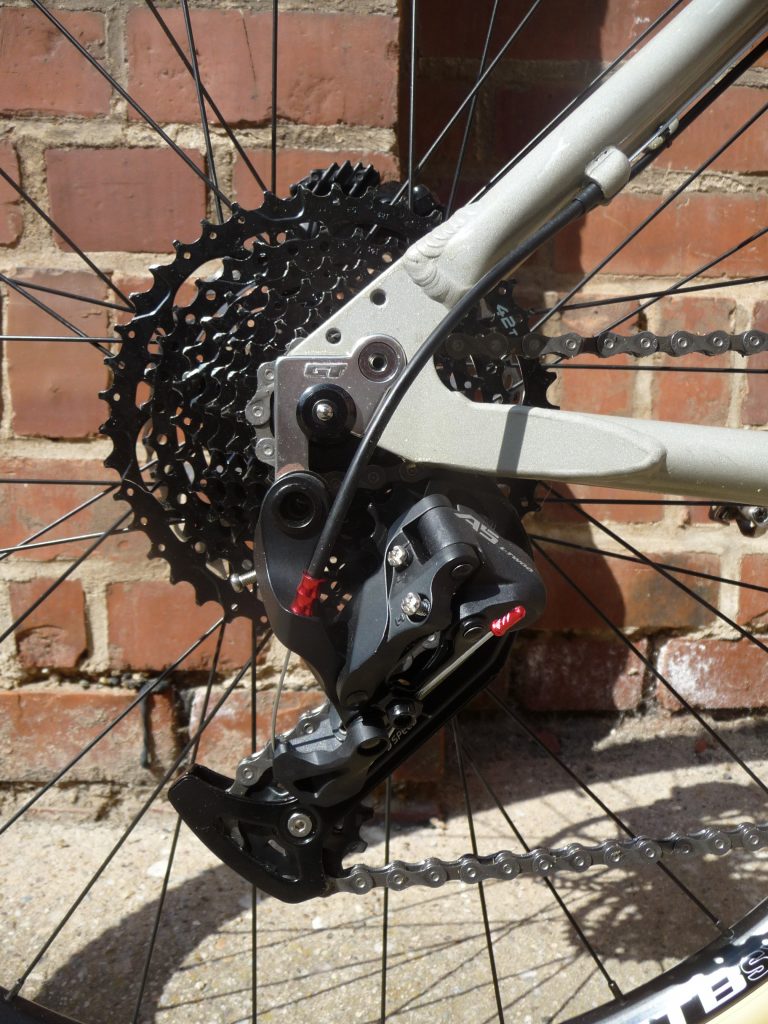
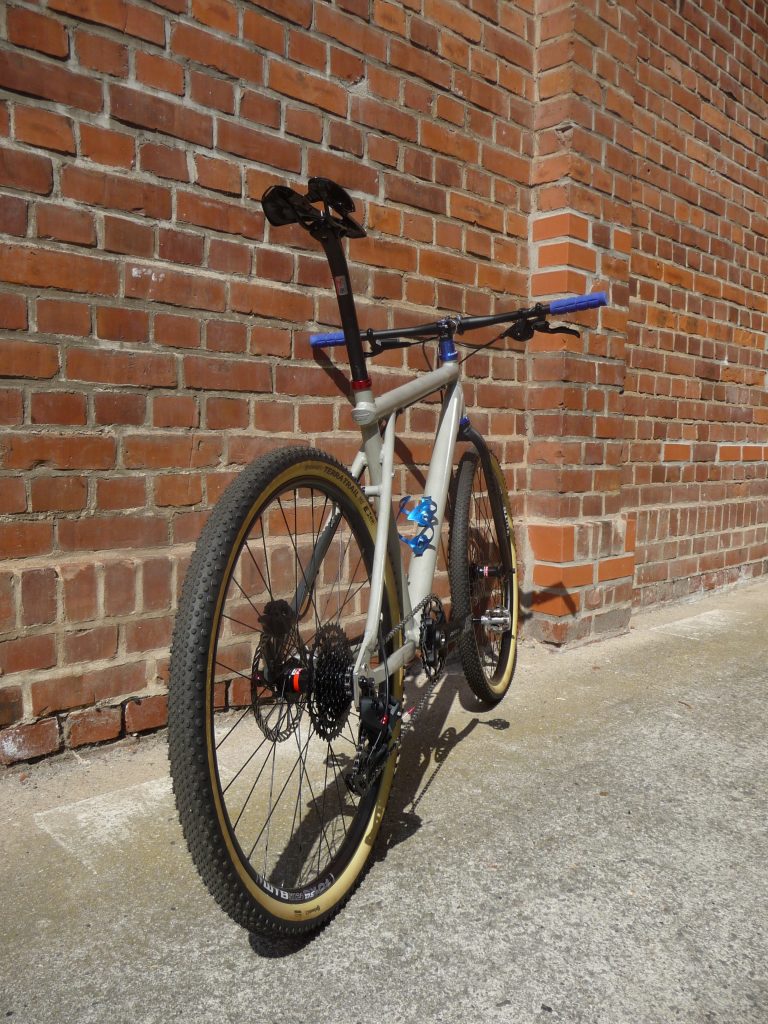
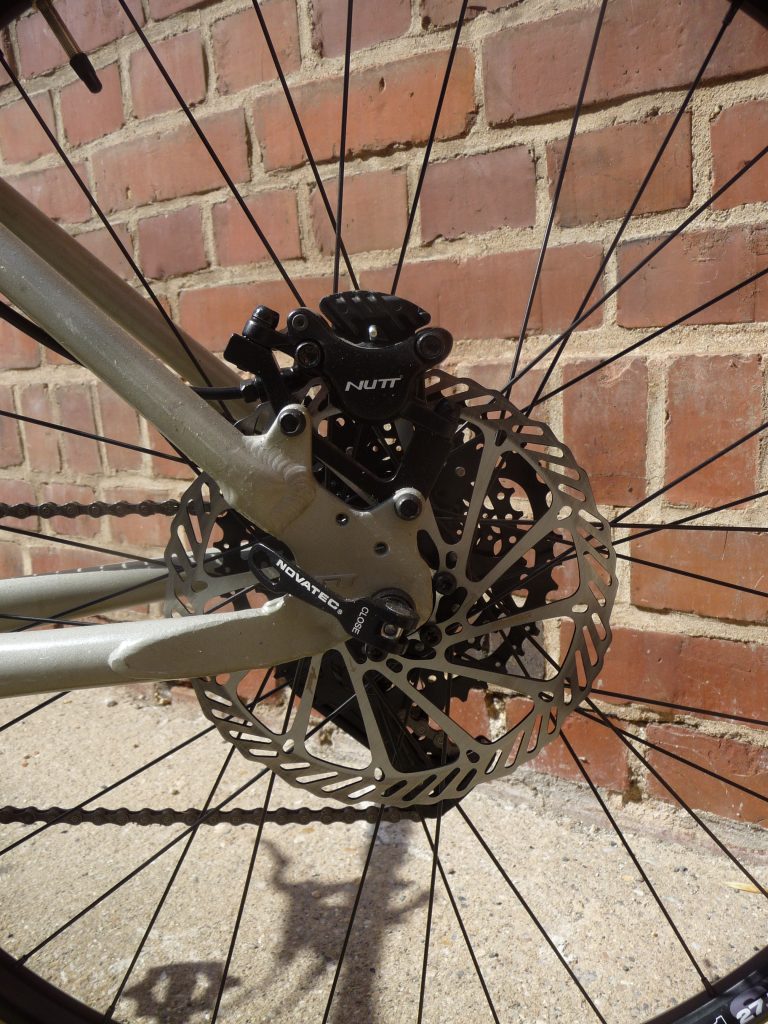
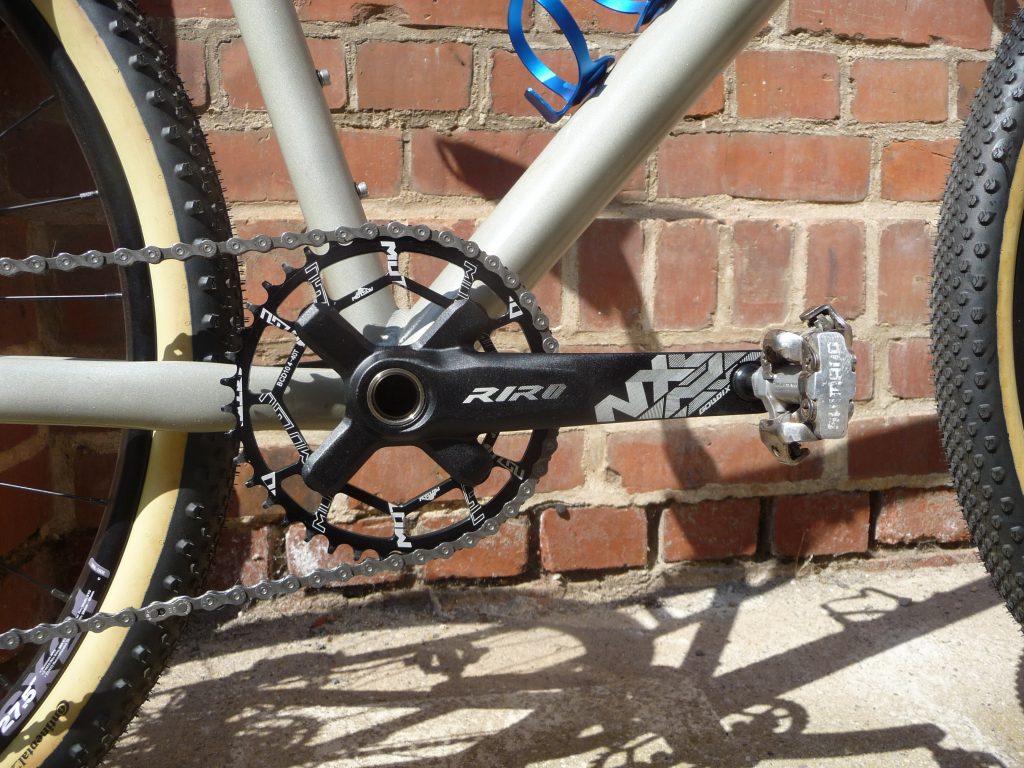
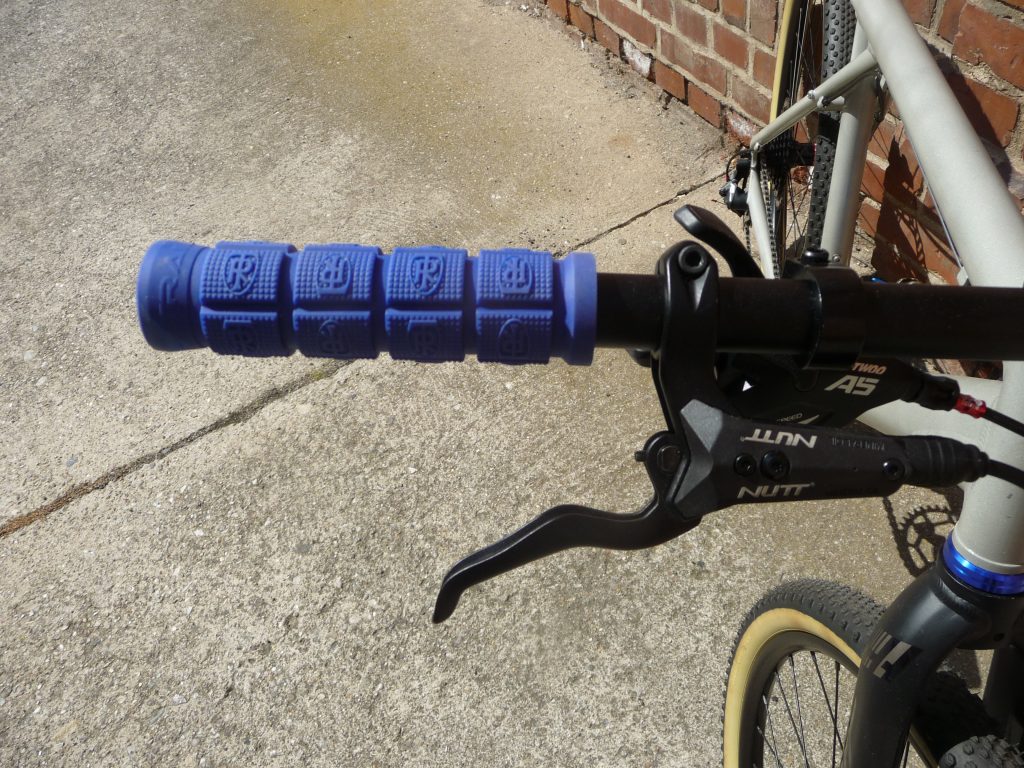
Leave a Reply